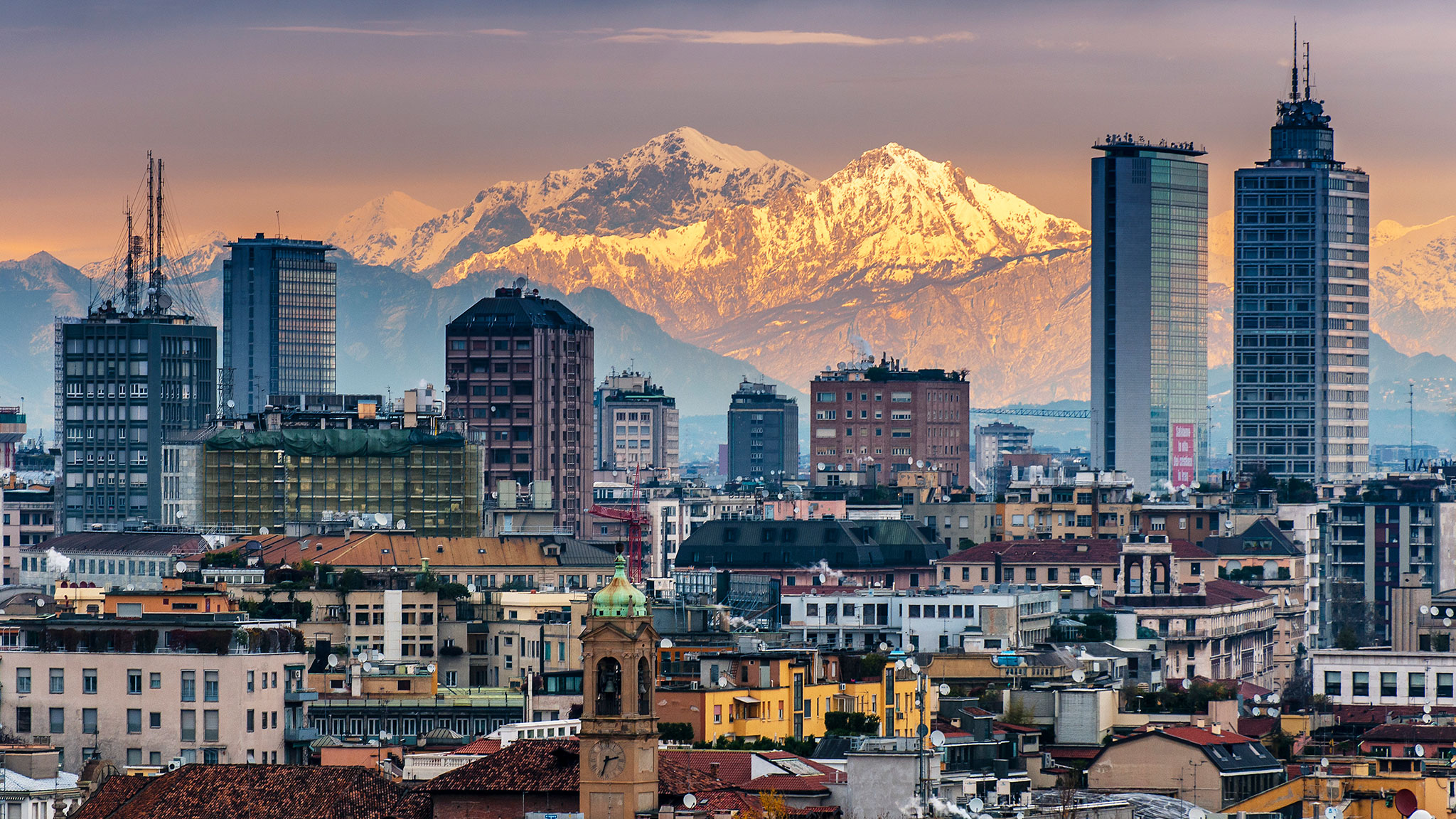Fitch Ratings has affirmed Italy's sovereign rating at 'BBB' with a stable outlook, citing political risk as one of the downside factors, the agency said in a statement, according to ANSA news agency on Saturday.
"The political landscape in Italy remains highly fragmented, with risks of weak government, and of populist, Eurosceptic parties influencing policy after elections due by May 2018," Fitch analysts wrote in the statement on Friday, Xinhua reported.
"Current opinion polls imply a wide split of seats and difficult coalition dynamics, with a possibility of minority government," said the ratings agency.
While the current proposed electoral reform would lower the probability of a non-mainstream party heading the government, Fitch analysts "continue to view the medium-term prospects for substantial structural reform as weak."
The electoral bill, which cleared the Lower House last week, would increase proportional representation, introduce a minimum threshold of 10% for coalitions and 3% for single parties, and abolishes bonus seats. It now goes to the senate, where the ruling coalition has a slimmer majority.
Fitch also cited Italy's high public debt and ongoing banking sector weakness as risk factors. It forecast general government debt will increase to 132.5% of GDP in 2017, from 132% in 2016, partly due to banking sector interventions earlier in the year totaling 0.6% of GDP.
Among these interventions were the precautionary recapitalization of Monte dei Paschi di Siena lender and payments for the liquidation of Banca Popolare di Vicenza and Veneto Banca, which added a total of €10.2 billion ($12.02 billion) to public debt this year, according to the ratings agency.
Praise for Gov't Efforts
Fitch forecasts the government deficit-to-GDP ratio will drop to 2.2% this year from 2.5% in 2016, while domestic demand should drive a GDP expansion of 1.4% in 2017, up from 0.9% last year.
However Fitch expects 2018 growth to slow to 1.1%, as a further pick-up in investment to 3.2% will only partly compensate for a drop in private consumption due to a fall in real wages.
It praised government efforts to cut down the load of Italian banks' non-performing loans, which fell to 9.5% of total loans in August from a peak of 10.9% in April, with the capital provisioning ratio broadly unchanged at 62%.
"Fitch expects a further, albeit more gradual, reduction in the NPL ratio over the next year," its analysts wrote.
On the upside, Fitch analysts cited Italy's "diversified, high value-added economy", low private-sector indebtedness, sustainable pension system, and low government bond yields.
While economic activity has gained momentum, Fitch continues to view Italy's medium-term growth prospects as weak, the statement said.
Q3 Growth at 0.5%
Italy's economic growth improved slightly in the third quarter, led by strong performance in the service sector and non-construction industry, the Bank of Italy said Friday, Business Insider reported.
Gross domestic product continued to grow at a steady pace in the third quarter, gaining 0.5% on the previous period, a slight acceleration with respect to the spring, the bank said in its latest quarterly economic bulletin. The economy expanded 0.3% in the second quarter and 0.5% in the first three months of the year.
"During the summer, output appears to have again benefited from the growth in value added in the service sector and in non-construction industry, which both showed an improvement on the second quarter," the bank said in the report.
For the full year 2017, GDP growth may be slightly higher than the 1.4% estimated in the previous bulletin, the bank said.
High Unemployment
Confidence in Italy's economy is improving, whether gauged by consumer confidence levels started to edge higher starting in early summer, or based on yields for government bonds, which are falling as investors conclude that Italy is less risky than it had been.
But even with all this going on, the percentage of workers under the age of 35 without a job has stubbornly remained around 40%, and the number of such workers leaving Italy for more vibrant job markets abroad has been on the rise, according to Italian statistics office ISTAT.
For the youngest of workers—those under the age of 24—around one in five is neither employed, looking for a job, or engaged in studies. That is nearly double the average for the European Union as a whole.


